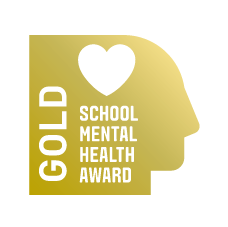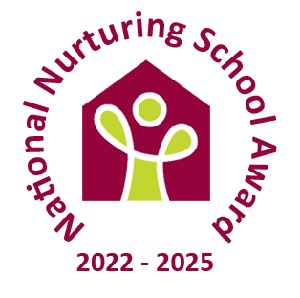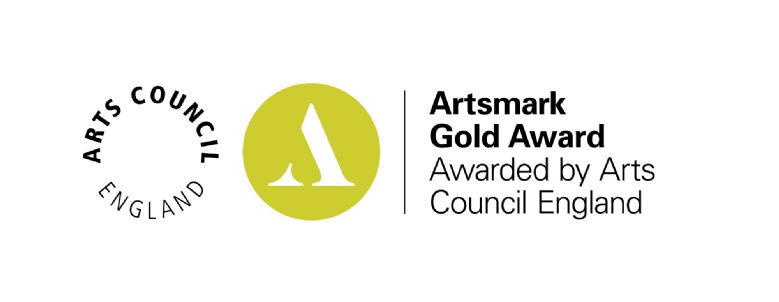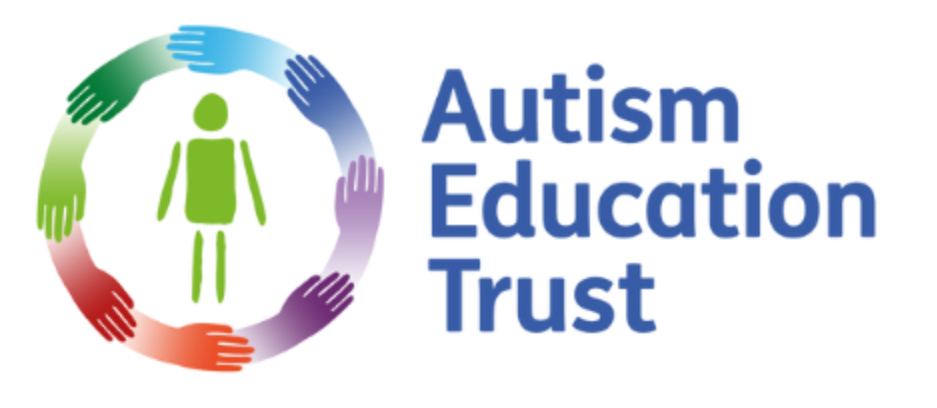Types of SEN
All areas and types of SEN are catered for at Warden House, and are fully included in the class as part of the whole class teaching. Some types of SEN require additional input which might consist of over learning, resources, or a programme of intervention; however this is managed in line with the type of need, the child’s targets and the current curriculum learning that is being undertaken at this time.
The four broad areas of need as described in the Code of Practice 2014 are:
- Cognition and Learning
- Communication and Interaction
- Social Emotional Mental Health
- Sensory and/or Physical Needs
The following list shows examples of areas of difficulty that are either currently supported in our school, have been in the past, or we would expect to see at some point and alongside specialist support we would be able to fully include within our setting.
Types of Special Need
- Attention Deficit Disorder (ADD)
- Attention Deficit Hyperactivity Disorder (ADHD)
- Anxiety Disorder
- Asperger Syndromes
- Autistic Spectrum Disorder
- Brittle Bones
- Cerebral Palsy
- Developmental Coordination Difficulty
- Down’s Syndrome
- Dysarthia
- Dyscalculia
- Dyspraxia
- Dyslexia
- Hearing Impaired
- Obsessive Compulsive Disorder
- Oppositional Defiant Disorder
- Speech and Language
- Sensory Processing Disorder
- Tourettes Syndrome
- Visual Impairment
A child who has any of the above needs might not necessarily have Special Educational Needs, however the school continually monitors progress, tracking individual educational provision, ensuring that it is fully inclusive and that all pupils meet their full potential.







